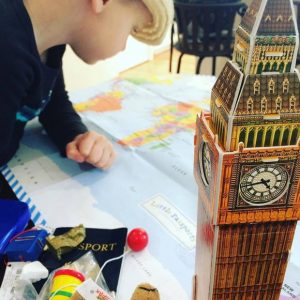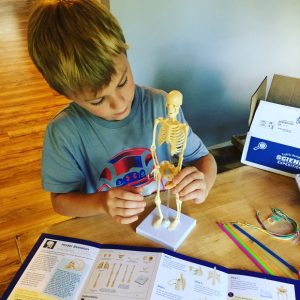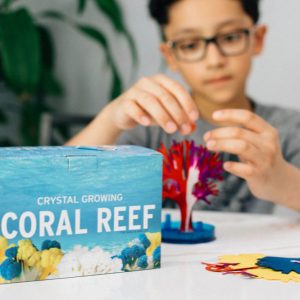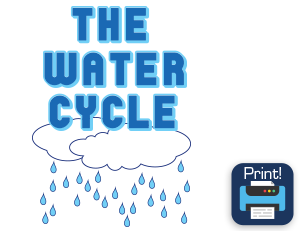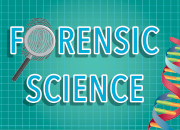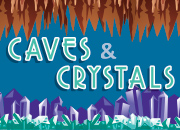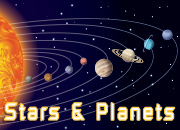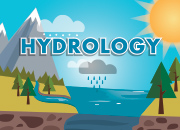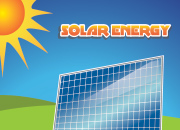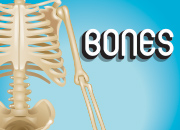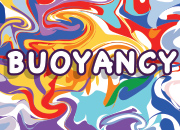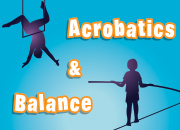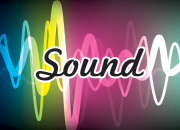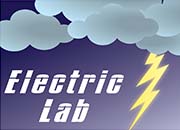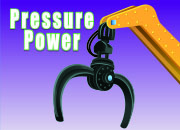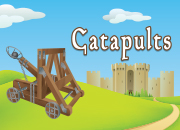Welcome to Science Expeditions Extras!
Dive deeper into your science kit’s theme and experiments. This month, learn a little extra about hydrology.

Hydrology
 We can’t live without water. Water helps control the Earth’s temperature as well as the temperature of our own bodies. It helps carry oxygen and nutrients throughout our bodies and helps rid them of toxins. Less than 1% of the Earth’s water is drinkable, though, and of that 1%, 70% is used for agriculture and livestock. It’s very important that we conserve every drop of this vital resource.
We can’t live without water. Water helps control the Earth’s temperature as well as the temperature of our own bodies. It helps carry oxygen and nutrients throughout our bodies and helps rid them of toxins. Less than 1% of the Earth’s water is drinkable, though, and of that 1%, 70% is used for agriculture and livestock. It’s very important that we conserve every drop of this vital resource.
Check out more water facts below. Read Aunt Charlie’s tips to help guide you through your experiments and watch a tutorial video on how to build your water filter column. Color in a water cycle printable and take a look at some photos of reservoirs around the world!
Gather the household items from the list below before you begin your experiments. Check off items as you go or print the list here. All other materials are included in your kit.
Water Filter Column
scissors
stopwatch or timer
plate
paper towels
cup of wastewater (a mixture of “pollutants” like dirt, spices, cooking oil, food coloring, etc.)
Spinning Sprinkler
water
tape
scissors
ruler
wide bowl, pan or tub
Rainbow-Colored Acid Test
clear cups
scissors
pen
paper towels
a few liquids to test (like fruit juice, milk, vinegar, soapy water, soda, toothpaste, etc.)
Fun Facts
Liquid water cannot form on the Moon, but NASA’s radars discovered deposits of ice, called lunar ice, in the craters of the Moon’s poles.
The amount of water molecules in 10 droplets of water is about equal to all the stars in the universe.
A newborn baby’s body is made up of about 78% water! This percentage decreases as the baby grows. Adult bodies are made up of 50-65% water.

Aunt Charlie’s Corner
Expert tips to complete this month’s science experiments!
 Water Filter Column
Water Filter Column
Watch this experiment!
- Do not drink the water. Filtration is just one step in the water purification process to make water safe to drink.
- Use scissors to open the material bags to avoid spills.
- Be patient. Do not shake the filter column while the water drips. Allow the materials to dry in between trials so they are most effective.
- Use the filter funnel help pour materials into each filter section.
- If you run out of filter paper, try using coffee filters to experiment further. Experiment rearranging your filter sections over and over again.
- Remember to wash your hands after handling the wastewater and materials.
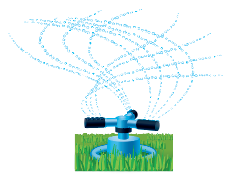 Spinning Sprinkler
Spinning Sprinkler
- Use the stick to help push and thread the string through the straws.
- If the stick slips off the straw, secure it with stronger tape, like duct tape.
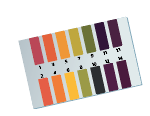 Rainbow-Colored Acid Test
Rainbow-Colored Acid Test
- Cut your pH strips in half to test more liquids.
- To test solids or powders (like salt, antacids, detergent, etc.), dissolve them in water first. Refer to your experiment guide for substances to test or come up with ideas of your own.
- Quickly dip the pH strip into the substance (just for a second or two). That’s all you need! Be patient and wait for several seconds to watch and see if the strip changes color.
- Remember to wash your hands after testing liquids.
Print and Play
Discover more about the water cycle by coloring in this activity sheet.
Photos
View dams and water resources from around the world.
Flip through the gallery.
Explore More
Click a button below to learn about another science theme.
We Our Community
